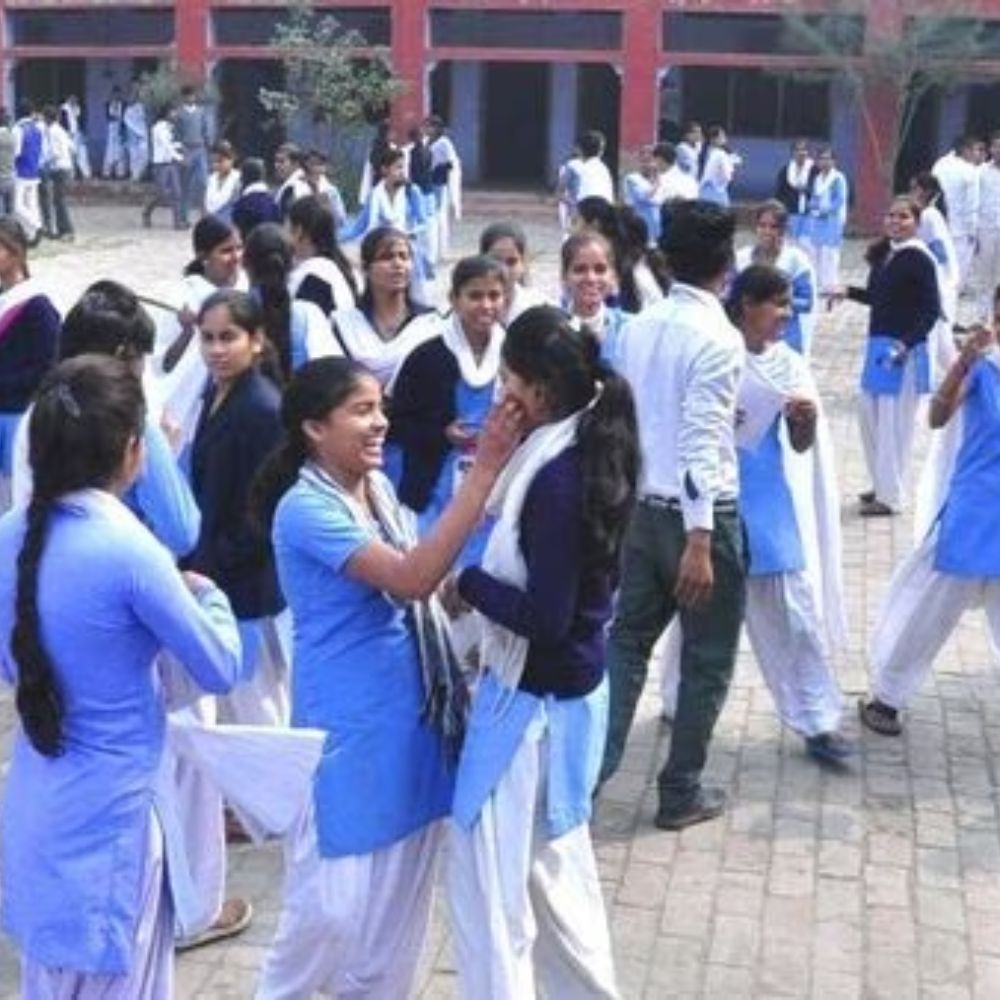While observing gender-specific dress standards in school, transgender adolescents typically suffer internal challenges. High dropout rates, psychological distress, and skewed career pathways among transmen and transwomen are caused in part by uniforms, as well as a variety of other concerns.
While adhering to gender-specific dress standards in school, transgender adolescents frequently suffer internal challenges. High dropout rates, psychological trauma, and skewed career routes are all factors that contribute to high dropout rates, psychological trauma, and skewed job paths among transmen and transwomen.

Kabir Maan, a thirty-year-old transgender man (his legal records still refer to him as Manisha Singh), can only recall his dislike for the school uniform as a child. He recalls feeling like a “misfit” as early as pre-school, when he was dressed in a girl’s uniform — a skirt that fell just below the knee and a shirt.
School uniforms, which are supposed to foster a sense of belonging among students, can have the exact opposite effect on some students’ psychological and mental health, particularly transgenders and students of different genders.
Uniform-related psychological trauma
“I don’t recall what I studied or what game I played during those early years of schools, but I do recall feeling like a misfit and humiliated.” Kabir, who recently began hormone replacement therapy and has come out open about his gender identification, stated, “I continue to carry that feeling of humiliation in my heart.”
“I often had the impression that something was wrong with me. I felt unworthy since I didn’t fit in with either the females or the lads. When puberty hits a senior year, these concerns become more prominent. My board test scores, as well as my future schooling, were impacted. Because other students continuously questioned and criticized my dressing sense, I withdrew from Jamia Millia Islamia’s Hindi Patrakarita course. For wearing masculine attire while having the body of a girl, I’ve been dubbed a lesbian, a sex worker, and even a pimp,” Kabir added.
Unfair treatment and a high dropout rate
While in school and college, transwomen confront similar challenges. Kundan, a transwoman who prefers the pronouns she/her, also dropped out of college for the same reasons as Kabir. “If I had been embraced and included for who I am, I could have had a better life now.” Using school washrooms, in addition to uniforms, is a barrier for children who do not fit into the gender binary. I was teased for being feminine in boys’ restrooms, and I was frequently afraid of being assaulted. I’ve always assumed that if something bad happened to me, I wouldn’t be able to tell anyone for fear of being judged,”
Struggle with one’s own body and identity
The forced changes in uniforms are normally done when a child enters the stage of adolescence, according to Indira Pathak, a co-founder of Vikalp who identifies as a transman.
“Many trans people are suffering from their bodies and identities right now.” The dropout rate among these students is extremely high. Even as children get older, physical education teachers in most schools pay attention to what girls wear under their clothes and counsel them to wear sports bras. “Undergarments are a very intimate issue to everyone,” Pathak added, and transmen often see it as a basic violation of their identity.
For 754 pupils, the Valayanchirangara Government Lower Primary School in Kerala’s Ernakulam district has introduced a gender-neutral uniform. The new uniform for their students, regardless of gender, is 3/4th shorts and a shirt.
Maya Sharma, an LGBTQ+ rights activist and author of ‘Loving Women: Being Lesbian in Unprivileged India,’ believes that more than becoming inclusive, our culture needs to allow for freedom of choice.















